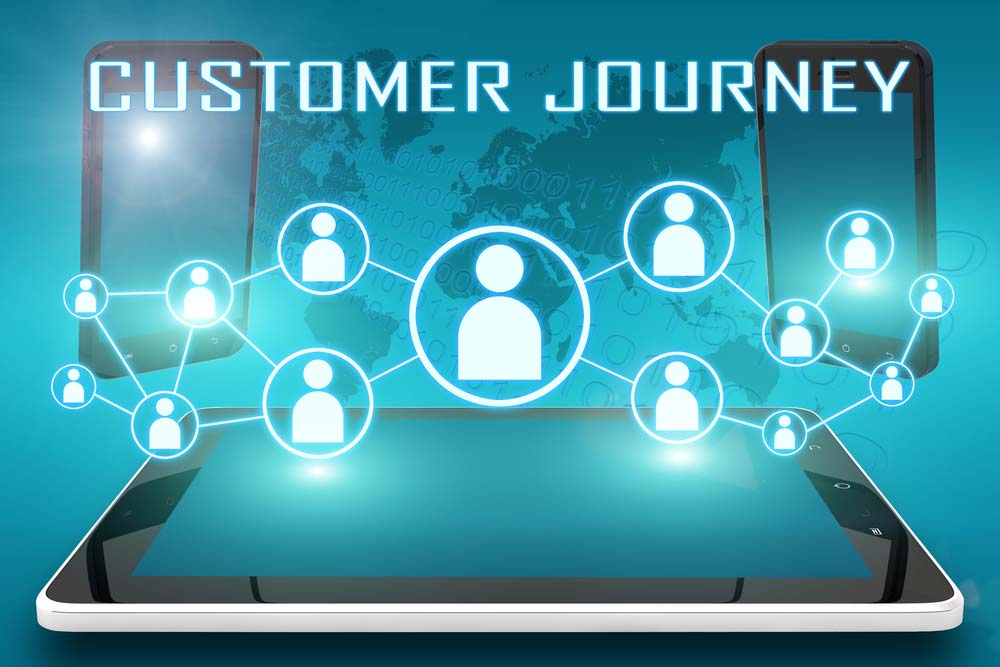The following post is part of a blog-post-sharing series with our partner, CallMiner. The original post, written by Jason Napierski, was published in February 2015. Please visit the CallMiner Blog to learn more about improving agent performance through advanced analytics.
In today’s digital world, it would be easy to assume that emerging communications channels (social, mobile, web chat, etc.) will eventually eclipse traditional channels such as the telephone. Research, for example, shows the social customer relationship management market is set to experience explosive growth (~50%) over the next several years.
However, the U.S. Contact Center Decision-Makers’ Guide 2014 shows that traditional channels will remain a consistent source of customer communication with companies. “The message is that channels aren’t being replaced – even letters will continue to be supported – but rather augmented,” the report states. “Businesses have to accept that they need to develop an ‘omnichannel’ approach, as that’s what their customers are doing. This means that the pressure to unify the view of the customer across channels is a challenge that isn’t going to go away.”
So what can companies do to develop a single view of the customer and provide a personalized, unified experience? Multichannel analytics software is one solution. Here’s a look at why it’s important for establishing a customer-centric company:
Information capture across platforms: Because the best multichannel customer experiences are those that provide a seamless transition between channels, it’s critical to capture customer conversations across channels. Without doing so, companies risk damaging the overall customer experience. After all, customers expect companies to have a complete picture of their purchase/interaction industry, gathering data not only from various points of contact but across all customer-facing departments (marketing, customer service, sales, etc.) in the organization.
Multichannel speech analytics software such as CallMiner Eureka can help call centers forecast and schedule properly for each different channel by identifying broken processes and improve agent performance across channels. By monitoring and analyzing customer interactions across various channels, these solutions work to identify what customers want, which can ultimately improve the customer experience.
Historical context: Developing a single view of the customer isn’t just about capturing and analyzing data – it also involves using that data to deliver an engaging and personalized customer experience. A Salesforce blog on building a 360 view of the customer notes that consumers increasingly expect companies to leverage this type of historical context, whether an organization employs 50 call center agents locally or 50,000 across the globe.
“I love it when I interact with a customer service person and they know what my history is, what problem I’m having and can use any public information I’ve given them access to,” says Vivi Forny, Director of Events Demand Generation, in the article. “[This helps] to solve my problems and make smart recommendations for upgrades and new product solutions.” With multichannel analytics software solutions in place, organizations see the complete history of customer communications, which also helps to determine the channels on which customers prefer to communicate. This information can prove critical in responding in real time to customer concerns and questions via their preferred channels.
Customer journey: New research from Enghouse Interactive shows different generations prefer different channels of communication with companies (i.e., nearly half of younger consumers surveyed prefer social media, whereas the 55+ age group favors email). Despite this, it’s not uncommon for customers to use multiple channels to resolve a single issue, especially in the case where they require immediate action on a pressing issue.
For this reason, agents need to be sure they understand the complete customer journey to uncover the root cause of issues and determine how to best resolve them. The end result? A more satisfied agent and a better experience for the customer.
Final Thoughts
Due to the proliferation of digital channels, companies simply can’t afford to focus on one communications channel in particular – they must instead consider the complete customer journey and develop a single view of the customer across channels. In today’s competitive consumer landscape, providing a positive overall experience can mean the difference between success and failure.
How is your organization using multichannel analytics software to develop a 360 degree view of the customer?




